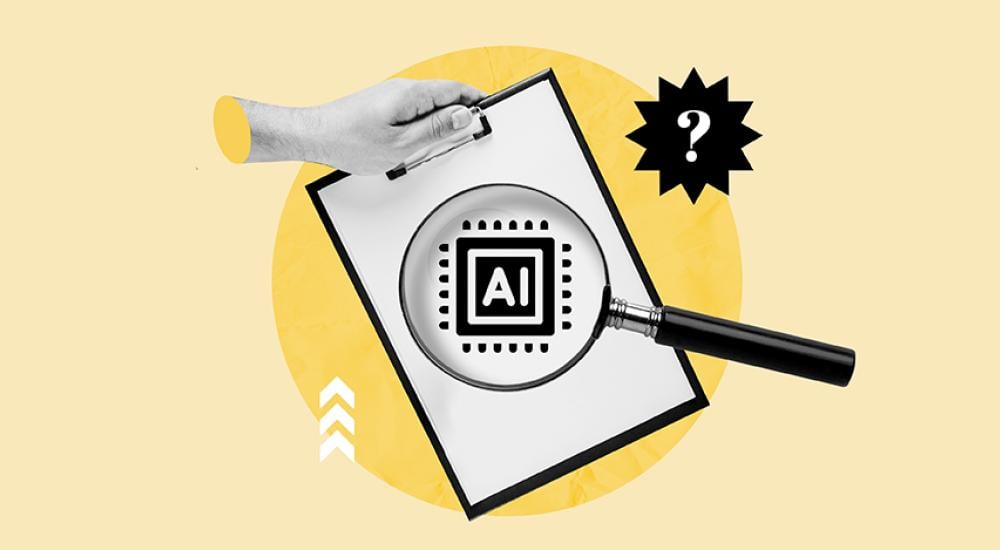Getting Started with Generative AI

Given the explosion of generative artificial intelligence (AI) and evolving institutional use cases ranging from staff recruitment and onboarding to student support, how can international offices and their leaders begin to explore the technology? By actually using it themselves.
“It’s not something that someone who never used [it] will start using every day,” says Jesús Rosario, senior partnerships manager for Coursera.
Rosario recalls asking attendees at a recent NAFSA event whether they had used ChatGPT. Fewer than 10 percent raised their hands. “If you want to get people started, you need to make it a priority,” he says.
Road maps are beginning to emerge for doing just that. For example, UNESCO released a quick-start guide on the use of ChatGPT and AI in higher education—which provides cautions about the technology, examples of use cases, and ways institutions across the globe can “use ChatGPT with care and creativity.”
Among the steps to consider when starting to use AI:
1. Understand any relevant institutional policies.
Determine whether your college or university has policies or guidelines governing AI usage. Without them, “we are still very much in the wilderness,” Sobhi Tawil, the UNESCO director for the future of learning and innovation, said in a statement.
A study conducted by Tawil’s organization in spring 2023 found that fewer than 10 percent of global schools and universities had developed policies or formal guidance about the use of generative AI, but many U.S. institutions have since done so. For example, the University of Phoenix’s














